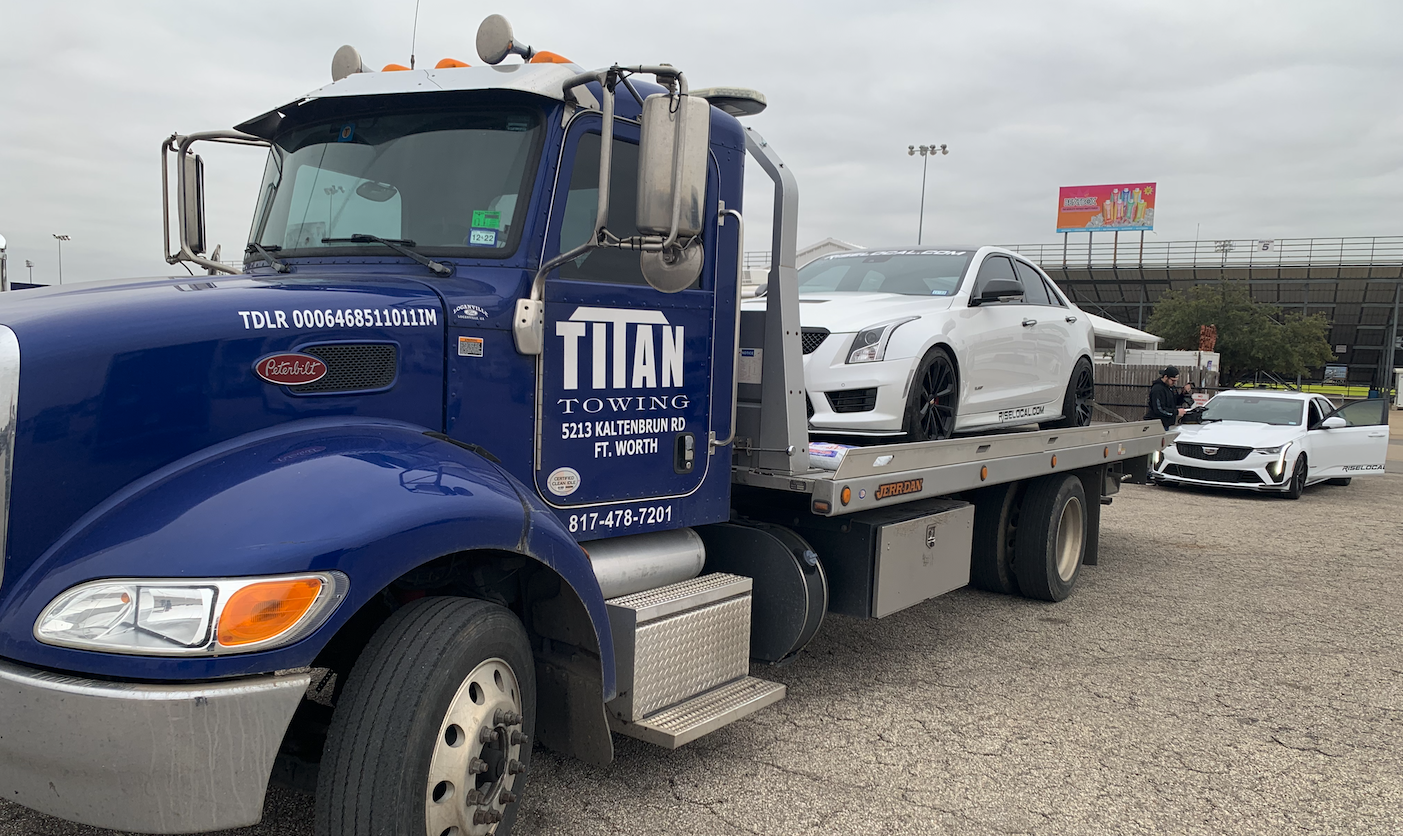We wrote about the Texas Move Over Law two years ago and wanted to provide more information about this important law which was first enacted in 2003. It was initially implemented to keep law enforcement officers and first responders safe as they work accidents and provide public safety on Texas roads and highways. It has since been amended to include tow truck drivers and Texas Department of Transportation (TXDOT) workers. However, even though the law has been in place for almost fifteen years in Texas, and drivers who fail to abide by the law can face hefty fines, accidents are still occurring.
There are now Move Over Laws in all fifty states, but statistics show that, on average, six to eight fire rescue and EMS workers are killed while working in, or near, moving traffic each year while ten to twelve police officers are killed. This information was provided by the Emergency Responder Safety Institute, a national advisory group of public safety and transportation experts. Unfortunately, the statistics for tow truck operators is much more grim.
While people are now more aware of the Move Over Law as it applies to public safety vehicles and even Texas Department of Transportation (TXDOT) employees, many are still not aware that the law applies to tow truck operators as well.
The International Towing and Recovery Museum has a “Wall of the Fallen” which, unfortunately, as of September last year, has over 400 individuals killed while serving in the towing and road service industry. According to Jeffrey Godwin, chair of the “Wall of the Fallen” and its survivor fund, one towing operator dies every six days while on the job.
The law is found within Texas Transportation Code – TRANSP § 545.157. Passing Certain Vehicles
and reads as follows:
“(a) This section applies only to the following vehicles:
(1) a stationary authorized emergency vehicle using visual signals that meet the requirements of Sections 547.305 and 547.702;
(2) a stationary tow truck using equipment authorized by Section 547.305(d); and
(3) a Texas Department of Transportation vehicle not separated from the roadway by a traffic control channelizing device and using visual signals that comply with the standards and specifications adopted under Section 547.105.
(b) On approaching a vehicle described by Subsection (a), an operator, unless otherwise directed by a police officer, shall:
(1) vacate the lane closest to the vehicle when driving on a highway with two or more lanes traveling in the direction of the vehicle; or
(2) slow to a speed not to exceed:
(A) 20 miles per hour less than the posted speed limit when the posted speed limit is 25 miles per hour or more; or
(B) five miles per hour when the posted speed limit is less than 25 miles per hour.
(c) A violation of this section is:
(1) a misdemeanor punishable under Section 542.401;
(2) a misdemeanor punishable by a fine of $500 if the violation results in property damage; or
(3) a Class B misdemeanor if the violation results in bodily injury.
(d) If conduct constituting an offense under this section also constitutes an offense under another section of this code or the Penal Code, the actor may be prosecuted under either section or under both sections.
(e) In this section:
(1) “Tow truck” means a vehicle that:
(A) has been issued a permit under Subchapter C, Chapter 2308, Occupations Code; and
(B) is operated by a person licensed under Subchapter D, Chapter 2308, Occupations Code.
(2) “Traffic control channelizing device” means equipment used to warn and alert drivers of conditions created by work activities in or near the traveled way, to protect workers in a temporary traffic control zone, and to guide drivers and pedestrians safely. The term includes a traffic cone, tubular marker, vertical panel, drum, barricade, temporary raised island, concrete or cable barrier, guardrail, or channelizer.”
Public Awareness is Key
Safety experts agree that public awareness of the Move Over Law is imperative to lowering the statistics of those injured or killed. Sometimes, drivers distracted by technology can be the cause of injuries and deaths on the nation’s roadways. So, law enforcement officials in many states are using that same technology, through social media such as Facebook and Twitter, to get the word out about the Move Over Law.
If you are reading this from Titan Towing’s Facebook page or the Titan Towing website, please share it to make others more aware of the law and help keep our driver’s safe.





